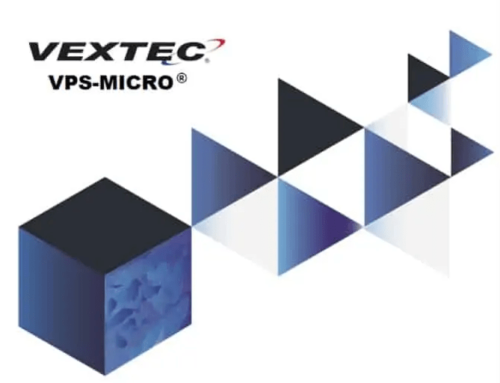Conventional manufacturing suffers from a lack of innovation for one very obvious reason: Everything’s been tried before. Manufacturers already know what works and what doesn’t, so there’s little incentive to experiment — especially when it comes to new materials for product development.
With additive manufacturing, that situation reverses. Manufacturers are less knowledgeable about the capabilities of 3D printers and other additive manufacturing technologies, so they’re forced to experiment. Some of those nontraditional approaches work — and some don’t — but each new trial accomplishes what conventional manufacturing cannot at this point: something new.
What does that mean for product development? Three outcomes, specifically:
• Rapid Prototyping
By streamlining the process through which a digital design becomes a physical object, rapid prototyping is — as the name illustrates — a time-saver. It’s a method that replaces the time-consuming processes of tooling and subtractive manufacturing with 3D printing, and it can put a prototype in the hands of a developer 24 hours after a concept was dreamt up.
In certain cases, rapid prototyping yields an improved final product. Using the additive manufacturing process, rapid prototyping allows designers to work through more iterations while considering designs in the real world instead of on the drawing board.
• New Design Thinking
The principle of additive manufacturing (i.e., building something layer by layer from the ground up) is the exact opposite of how designers normally conceptualize the building process. Many of the 3D geometrical constraints that designers agonize over when figuring out how to turn a block of material into a perfectly machined object become irrelevant when printing the same item.
But that’s not to say design challenges disappear entirely. For instance, a 3D-printed part may need an adjacent support structure that’s difficult to design or a smooth surface on a section of a part that’s hard to reach with other types of additive manufacturing.
• Different Hurdles
Related to the previous point, the additive manufacturing process opens the door to innovation while creating new hurdles along the way — especially related to additive manufacturing materials. Even though manufacturers can print with more materials than ever, including a number of metal alloys, their options are limited compared to conventional manufacturing.
Manufacturers can work with powdered metals like titanium, aluminum, and stainless steel — or with wire feedstock materials such as steel and tungsten. However, they can’t necessarily work with whatever material a designer deems “ideal” for a product. The list of materials suitable for additive manufacturing continues to expand, but it will still take outside-the-box thinking on the part of designers to work with what’s currently available.
Additive manufacturing technologies play a crucial role in the concept of Industry 4.0. As solutions, they let manufacturers do what’s never been possible before. For those companies that adopt early and pioneer the breakthroughs of the future, the opportunities are endless.
Where does the additive manufacturing process fit into your product development cycle? Use VEXTEC’s VPS-MICRO predictive durability software and service solutions to help answer this question!





Leave A Comment